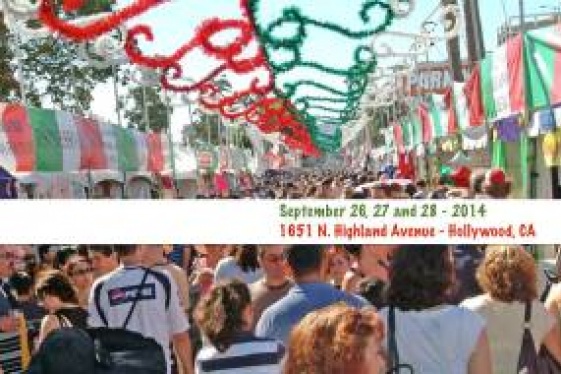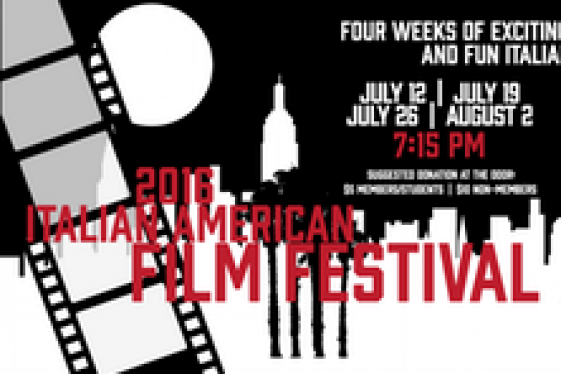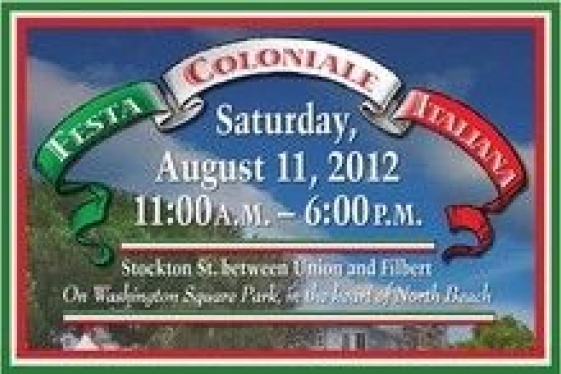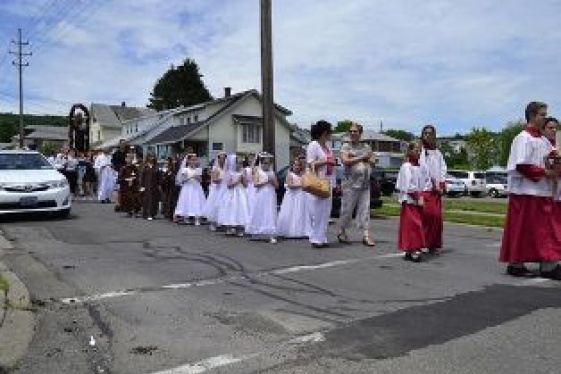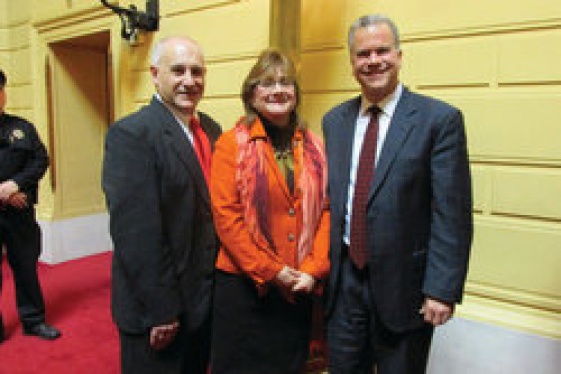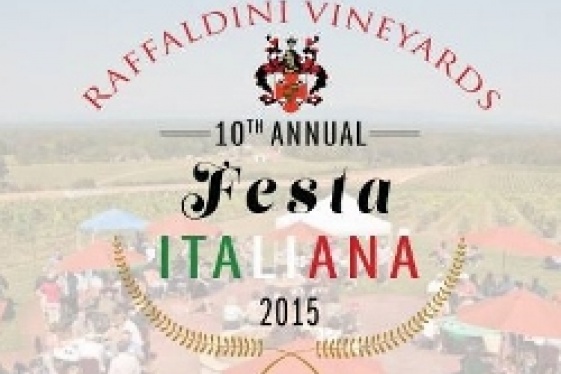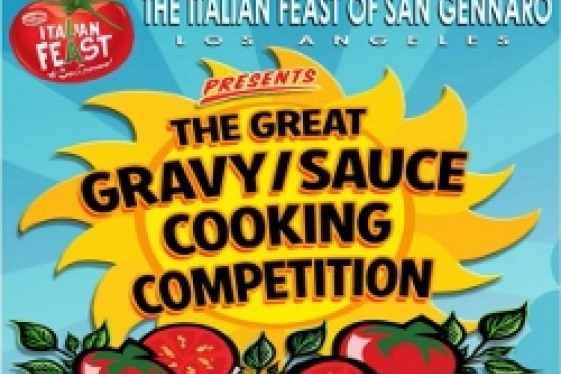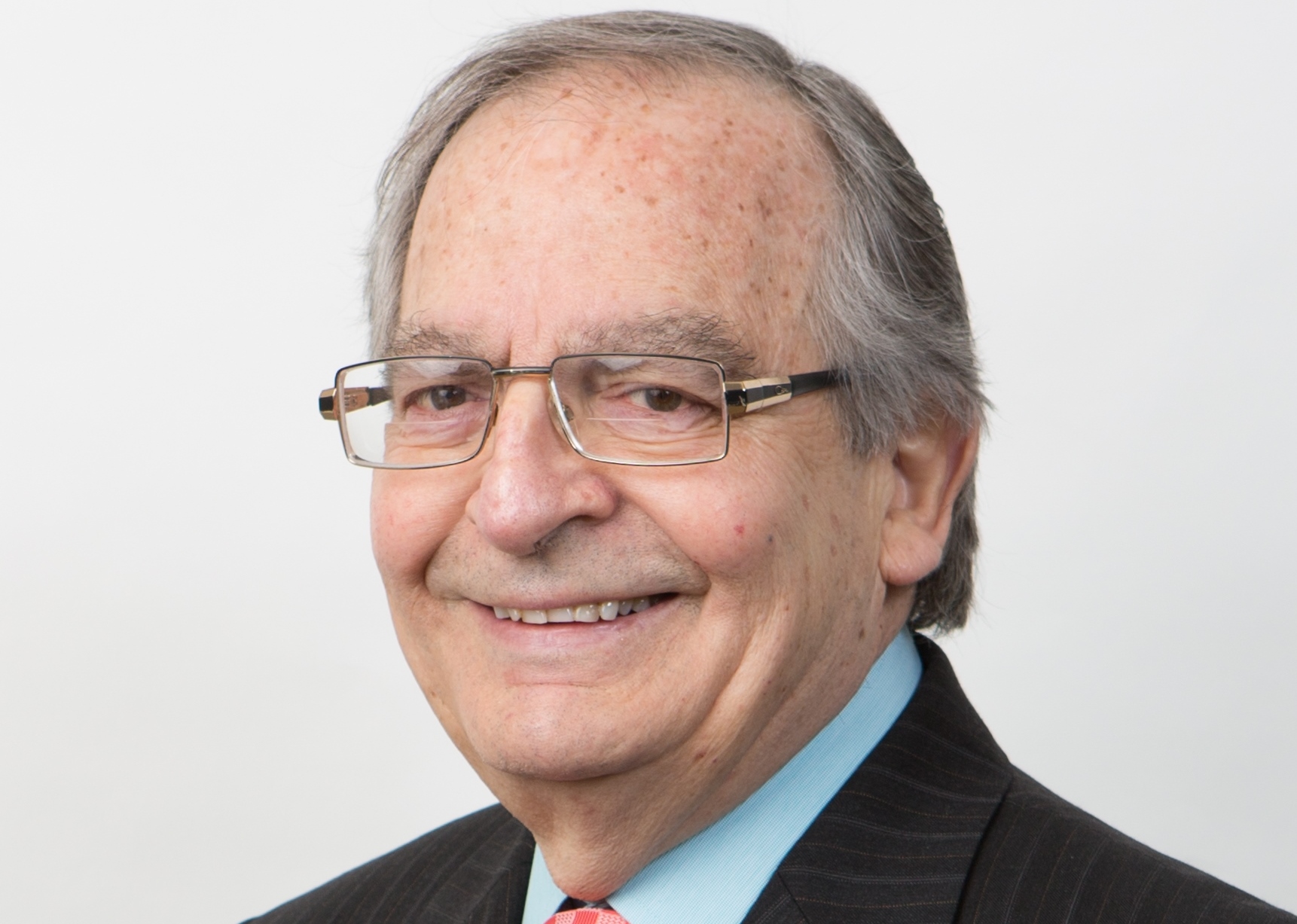
Bill Jennaro (Former Chairman of Festa Italiana Milwaukee)
Festa Italiana a Milwaukee, un grande successo che celebra l'Italia negli Stati Uniti

Among the more than 300 festas that every year celebrate Italy in the US, a number that seems impossible but instead is real, today our interview will bring us to Milwaukee, Wisconsin. Let's face it, this is not the first city that comes to our mind when we think about the American places of the Italian emigration: and probably it isn't even in the top ten.
Still, every year a huge, impressive Festa Italiana shows with a big success an incredible interest, love and passion for Italy, something that we the Italians who live in Italy wouldn't imagine. This year the festa will be from july 18 to july 20. We've talked about this with Bill Jennaro, former chairperson of the Festa and now "just a volunteer", as he humbly said to us, with a patience, a kindness and a love for our country that you don't find every day.
Bill, thank you very much for your time. Please tell us something about Festa Italiana in Milwaukee
Festa Italiana Milwaukee is a celebration of Italian Heritage and culture and food, and it is located on the beautiful shores of Lake Michigan – one of the five great lakes of the US. The location, the Summerfest Grounds, is a permanent facility where events are often organized; the people who operate the grounds are an organization called Summerfest, very nice people: the director of all the grounds, is half Italian, his mother was from Calabria. He is a very nice man very helpful to us.
Each summer there are many ethnic festivals in this facility: Italian, Polish, German, Irish, Mexican, Indian, Arab; plus a pride festival, so eight festivals every summer. The oldest is Festa Italiana, first established almost 40 years ago, is the outgrowth of 4 street festivals in the summer time in Milwaukee. Each year there would be these festivals in what's called the Italian district in Milwaukee, the "Little Italy": this was the oldest neighborhood in the city. People who came were not only Italian people; people came there because they enjoyed the culture, the food and the music.
Then, in the mid '50s, a major urban renovation started, because of expressway construction, right in the middle of the Italian neighborhood: Italians displaced because of the government's acquisition of their properties and their houses. And so the festivals stopped, there were no people living there anymore. People in Milwaukee, especially - but not only - of that area, which as a political district was called "third ward", missed the festivals: and so came out the idea of having a new bigger festival, on the new Summerfest grounds which were being developed on the lake front. Italians came together and made this happen, despite the loss of an Italian neighborhood.
Both Italian organizations and Italian individuals worked together. When it was announced nobody knew if this idea would have been successful, but it was: we have now over a 100.000 people attend each year. The festival is a three day event.
The success of Festa Italiana led other ethnic groups to consider a similar event to celebrate their culture too. So the mayor of Milwaukee, Henry Maier (he'd been mayor for 28 years), of German heritage, called together all the German associations: and there was plenty of them, because Germans are the first ethnic group as for the heritage of Milwaukee, and actually of the whole State of Wisconsin. So the mayor pushed to have a German festival, using these words: "If the Italians can do it, we can do it"! And so the next year a German festival was organized, and then a Polish one, and then the others I mentioned.
But we the Italians were the pioneers.
So, what happens during the Festa?
We have 2000 volunteers to help us with everything that happens during the three days; we have 40 food and wine vendors, and five different stages for music, Italian and not: every year we try to have a musical group from Italy. And, obviously, on Sunday we have a mass. This year we are excited about bringing Patrizio Buanne from Europe to headline our festival.
We have a cultural exhibit area dedicated every year to different regional cultures of Italy, with costumes and traditions, handcrafts and tourism: this year our guest will be Lombardy. There is a bocce tournament; there's a parade, and a stage which is completely dedicated to children. We have Italian movies. We have a section dedicated to genealogy researches. And of course, food and Italian cuisine play a very important role during all the three days of the event.
We have a protected area right on the water – called a Lagoon - into Lake Michigan and we have four gondolas. We also have an exhibition about opera music, and another one with pictures of Italians who came to Milwaukee long time ago, which is a beautiful display. We even have a replica of the Roman Colosseo!
Every year, literally hundreds of festival and feasts celebrate Italy all over the United States: either in big cities and in small towns, in probably every State there's at least one event like this. What's the meaning of this incredible series of yearly events, with always thousands and thousands of people, not necessarily all of Italian heritage?
I have been in Italy a number of times, and every time I go to Sicily. I have seen festas through all Italy, it seems that every town has its own festa. This has a lot to do with religion: every room in my house had a picture of San Rocco – my mother's Saint, she was from Bari in Puglia, while my father was from Sicily: every Italian immigrants did so, and was and still is very proud about the adoration for his or her saints, as a way to show the love for their community: so this is why there are many festivals and feasts around the United States like "Festa Italiana". For the Italians, even if they are gone from Italy, Italy is not gone from them.
I also enjoy San Gennaro Feast in the original Little Italy in New York, because of my family name which originally was Gennaro and became Jennaro in 1921, when in a commercial a painter who had to write my grandfather's family name draw a G that seemed like a J: from that point we were the only Gennaro with a J.
What's the story of the Italian emigration in Wisconsin?
The majority of Italian immigrants in Milwaukee had Sicilian heritage, for instance in Kenosha, not far from here, many came from Calabria; but here in Milwaukee there also was a group from the Dolomites, in the very north of Italy. This last group was representing a different kind of emigration: some of them already spoke English, they had school education and integrated faster and easier than the others. Then they moved and created a new district in Milwaukee, called Bay View, on the southeast shore of the city of Milwaukee overlooking Lake Michigan.
The Sicilians were mostly uneducated. They came in what was the Irish district at that time, downtown Milwaukee, and the Irish really didn't like these Italian people, so different from them: they wanted these Italians out, and did nothing to hide this sentiment. Still, in time what once was the Irish district ended up being the Italian district, Milwaukee's Little Italy.
But even if these two groups of people, one from northern Italy and the other from southern Italy, were made by immigrants coming from the same country who landed in the same city, they didn't speak to each other. They were two separate colonies, and have been for many many years.
How about the actual presence of Italians in Milwaukee and in the whole State, either Italian Americans or Italians born in Italy and now working or studying there? Are there many of them, and who are they?
Well, the migration stopped after the half of the '20s, because of the quota system introduced by the US. After that, the numbers went considerably down. So Milwaukee does have a good Italian American community, made by the sons and daughters and grandchildren of those who came here at the beginning of last century: we are the successful generation, who had the possibility to have a better life thanks to the sacrifices of those who came at the beginning of the XX century, until the mid '20s. And besides, many many people Italians who passed from here, then moved to other places in the United States, or elsewhere.
But there are not a lot of newcomers recently arrived from Italy, not at all. There are a few professors, doctors: it's a completely different kind of emigration, either for the number of those who came here, and for their education and skill.
Wisconsin is just next to Minnesota, where recently the Minneapolis City Council unanimously voted to rename Columbus Day to Indigenous Peoples Day. Do you think that this is something that could one day happen in Wisconsin too? What's your thought about this?
A lot of bad things happened to Native Americans, at the hands of the non Native Americans, whoever they were: and very very few of them were Italians. The Italians were the explorers, but not the conquerors. So whoever is trying to put this on Columbus' shoulders and blame him for everything is not doing a right thing, because blaming the wrong man is not justice at all.
So, I don't know if this is something that could happen here in Wisconsin too. It may, but I don't know. We do have a State holiday to celebrate Christopher Columbus: actually my grandfather, my mother's father, was one of those who were there when the State holiday was appointed by the Governor of that time. We do have a large Native American community, in Wisconsin, because Andrew Jackson, when he was President, moved a lot of native American people from New York and Pennsylvania to the Midwest: but I don't know if there has been a tentative plan to do so here as in Minneapolis.
You may be interested
-
13th Annual Galbani Italian Feast of San Gen...
In September of 2002, some of Los Angeles' most prominent Italian American citizens got to...
-
2016 Italian American Film Festival
When: Tuesday, July 12, 2016 | Tuesday, July 19, 2016 - Tuesday, July 26, 2016 | Tues...
-
Festa Coloniale Italiana 2012
We are very excited to announce that on Saturday, August 11, The San Francisco Italian Ath...
-
Fun and community: Italian Feast Days return...
The annual St. Anthony Italian Feast Days brings in thousands of people to the north side...
-
Polisena delivers address as state lawmakers...
"Italian-Americans came to our country, and state, poor and proud," Johnston Mayor Joseph...
-
Raffaldini Vineyards' 10th Annual Festa Ital...
Saturday September 19, 11 AM/5 PM - Raffaldini Vineyards & Winery - 450 Groc...
-
The 37th annual Houston Italian Festival set...
The 37th Annual Houston Italian Festival will bring Italian Bingo and Poker all' Italiana...
-
The Great GRAVY/SAUCE Cooking Competition
September 26/27 - 3 PM - 1651 N. Highland Ave, 90028The Great Gravy/Sauce Cooking Com...





